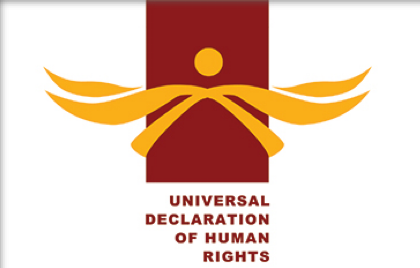The question of how social media platforms can respect the freedom of expression rights of users while also protecting others from harm is one of the most pressing challenges of our time. Taking a human rights-based approach to this challenge will help ensure alignment with internationally agreed norms and consistency across borders—but what does a human rights-based approach to content mean in practice? We believe that the elements described in this paper constitute the foundations of a human rights-based approach to content governance. We have arrived at these elements by combining the UN Guiding Principles on Business and Human Rights (UNGPs) with a consideration of the various human rights principles, standards, and methodologies upon which the UNGPs were built. We believe that a human rights-based approach to content governance can be segmented into four parts:
- Content policy—statements about what content is and is not allowed on a social media platform, as well as about the visibility of content.
- Content policy implementation—how content decisions are executed in practice.
- Product development—how new features, services, and functionalities are introduced and evolve.
- Tracking and transparency—how the outcomes and effectiveness of a human rights-based approach is measured and communicated. Further, we believe that a special focus on engagement with affected stakeholders and the needs of vulnerable groups is essential across all four parts.
There are two important features to highlight about these four parts taken in combination.
First, these four parts constitute a robust framework of ongoing human rights due diligence that enable content decisions to be made thoughtfully, deliberately, and grounded upon rights-based analysis, rather than “on the go” or according to the whim of the moment. They emphasize that process matters as much as the decision itself— and that while different companies may reach different conclusions, content decisions should be intellectually consistent, defensible on human rights grounds, and conveyed transparently.
Second, these four parts encompass more than just what content is and is not allowed on a platform—our approach assumes that international human rights law provides an overall framework for decision-making and action, not simply a “copy and paste” set of content rules for companies to follow.

